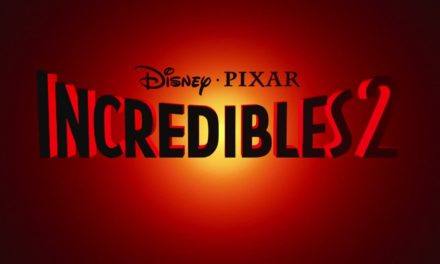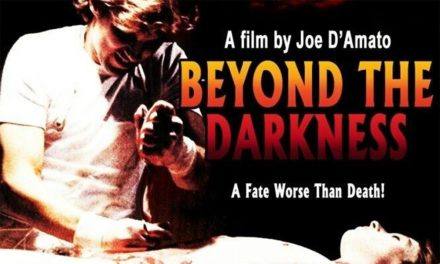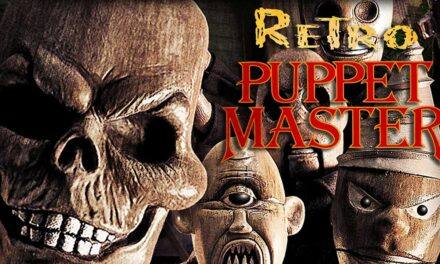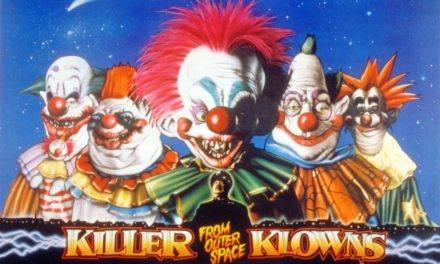In the late 70s, acclaimed author Stephen King took a teaching job at the University of Maine, his alma mater. His family rented a small house in Orrington, next to a busy road that claimed many pet’s lives. One day, his daughter’s cat Smucky was one of those victims, and his son Owen was almost a victim, too. As a way to cope with this, King decided to write a book that revolved around loss and grief. That book was Pet Sematary, which was almost unreleased since it was so dark, even King was scared by it. However, due to contractual obligations, King eventually published the book through Doubleday in 1983 and was a hit. Eventually, a movie adaptation was produced based on a screenplay written by King adapted from his own book. So, in 1989, director Mary Lambert brought us her version of King’s Pet Sematary.
%
Rating
The Creed family have just moved into their new home in a small Maine town. There’s husband and wife Louis (Dale Midkiff) and Rachel (Denise Crosby), daughter Ellie (Blaze Berdahl), and baby Gage (Miko Hughes). After meeting their neighbor, old-timer Jud Crandall (Fred Gwynne), the family finds a pet cemetery in their own backyard. Louis has taken a job as the doctor at the local university, where he’s greeted with an emergency. A young man named Victor Pascow (Brad Greenquist) is hit by a truck and killed, but returns as a ghost. Soon, the family cat Church is killed by a truck, and Jud helps Louis bury him. However, Jud leads Louis to an Indian burial ground beyond the pet cemetery to bury Church. Much to Louis’ surprise, Church comes back to life, though not quite the same. This leads to some more strange events that’ll forever change the family.
Back in the 80s, there were so many Stephen King movies, it was hard to keep track of them all. By the time Pet Sematary came out, the fad was starting to die off, and audiences were growing tired. However, I feel that this was a good way to end out the decade for King adaptations. Like many of his works, this deals with heavy themes, such as loss, grief, and how to cope. Given what inspired the original novel, Mary Lambert does a great job conveying that feeling of loss and tragedy. For her second feature, she does a great job here, really giving the film an eerie and tense mood. What also makes it work are the performances, especially from Fred Gwynne, whose portrayal is downright iconic. Also, for a toddler, Miko Hughes does a surprisingly great job, particularly in the third act.
However, there are some things that hold this movie back, but not enough to outright call this movie bad. For one, many of the other performances, namely Dale Midkiff and Denise Crosby, come off as being flat and wooden. Though it’s more so with Midkiff, who underacts a lot of the time, and doesn’t give much emotion. Also, there are some odd tone inconsistencies, where it jumps between being dark and serious and being weirdly campy. This might’ve been intentional given some of the more comedic moments, but it comes across a bit jarring. That being said, some of those moments are genuinely funny, particularly some of the remarks from the undead Pascow. Still, while some of the performances are slightly weak and the tone is somewhat inconsistent, it doesn’t entirely ruin it. Overall, Pet Sematary isn’t one of the best King adaptations, but it still deserves its cult status.




